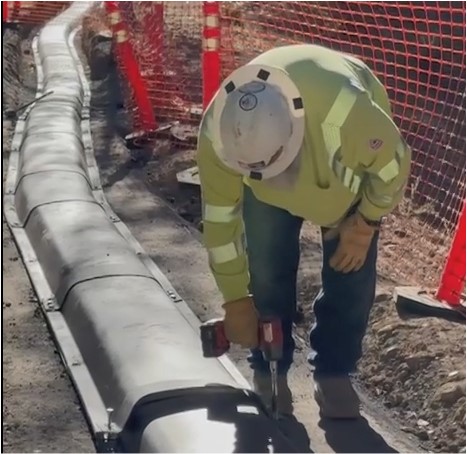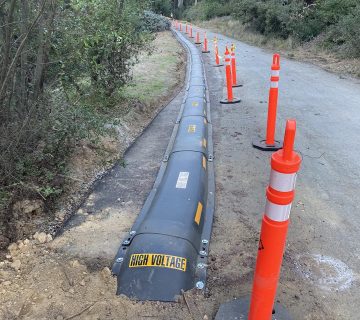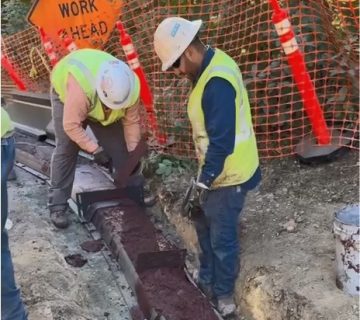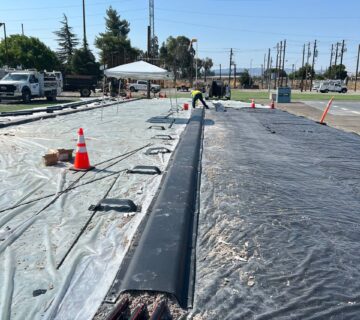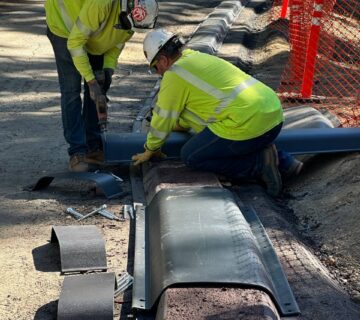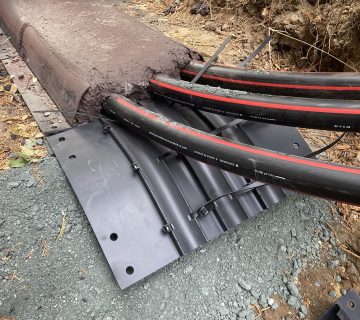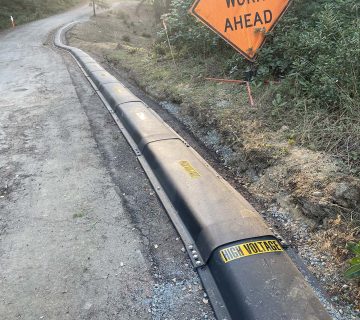Ground Level Distribution System (GLDS): The Future of Efficient Power Transmission
As the demand for efficient and reliable electricity grows, traditional power transmission methods face increasing challenges, from maintenance issues to environmental concerns. Enter the Ground Level Distribution System (GLDS)—a cutting-edge innovation that is transforming how electric power is distributed. By utilizing ground-level cabling instead of traditional overhead power lines, GLDS offers a safer, more cost-effective, and aesthetically pleasing alternative for modern energy infrastructure.
What is GLDS?
GLDS, or Ground Level Distribution System, is a revolutionary approach to electrical power transmission that relies on insulated cables laid at ground level. Unlike conventional power lines that require poles or underground trenches, GLDS is designed to operate efficiently with minimal installation costs and reduced exposure to environmental hazards.
The Advantages of GLDS
- Enhanced Safety
Overhead power lines are susceptible to weather-related damage, falling trees, and accidental contact, posing significant risks to communities. With GLDS, the chances of electrical hazards are significantly reduced as cables remain protected at ground level. - Lower Maintenance Costs
Traditional power lines require ongoing maintenance to address wear and tear, pole replacements, and storm-related damage. GLDS, on the other hand, is easier to maintain due to its accessible placement, reducing long-term operational costs. - Better Aesthetic Appeal
One of the major drawbacks of overhead power lines is their impact on the visual landscape. GLDS eliminates the clutter of poles and wires, preserving scenic views and improving urban aesthetics. - Improved Reliability
Weather events, such as strong winds and lightning, often lead to power outages in traditional systems. Since GLDS cables are not exposed to such risks, they provide a more stable and uninterrupted power supply. - Eco-Friendly Solution
Installing GLDS requires fewer materials compared to traditional transmission systems, making it a more sustainable option. Additionally, it minimizes disruptions to natural environments and wildlife habitats.
The Future of Power Transmission
As cities grow and the demand for reliable electricity increases, power providers and urban planners are looking for innovative solutions that balance efficiency, safety, and sustainability. GLDS is emerging as a forward-thinking alternative that aligns with the need for modern, smart infrastructure. With ongoing advancements in technology and increased adoption, it is poised to become a key component of the future power grid.
Final Thoughts
The Ground Level Distribution System (GLDS) represents a paradigm shift in power transmission. By offering a safer, more reliable, and cost-effective solution, it is redefining how electricity is distributed in urban and rural areas alike. As industries and governments seek better energy solutions, GLDS stands out as a promising innovation that will help shape the future of power distribution.
Are you ready to embrace the future of power transmission? Keep an eye on GLDS—because the energy revolution is happening at ground level!

